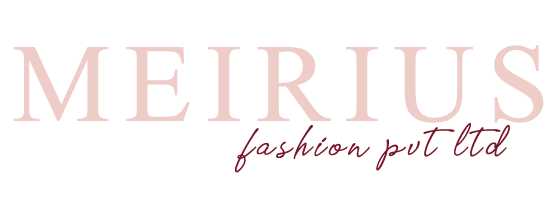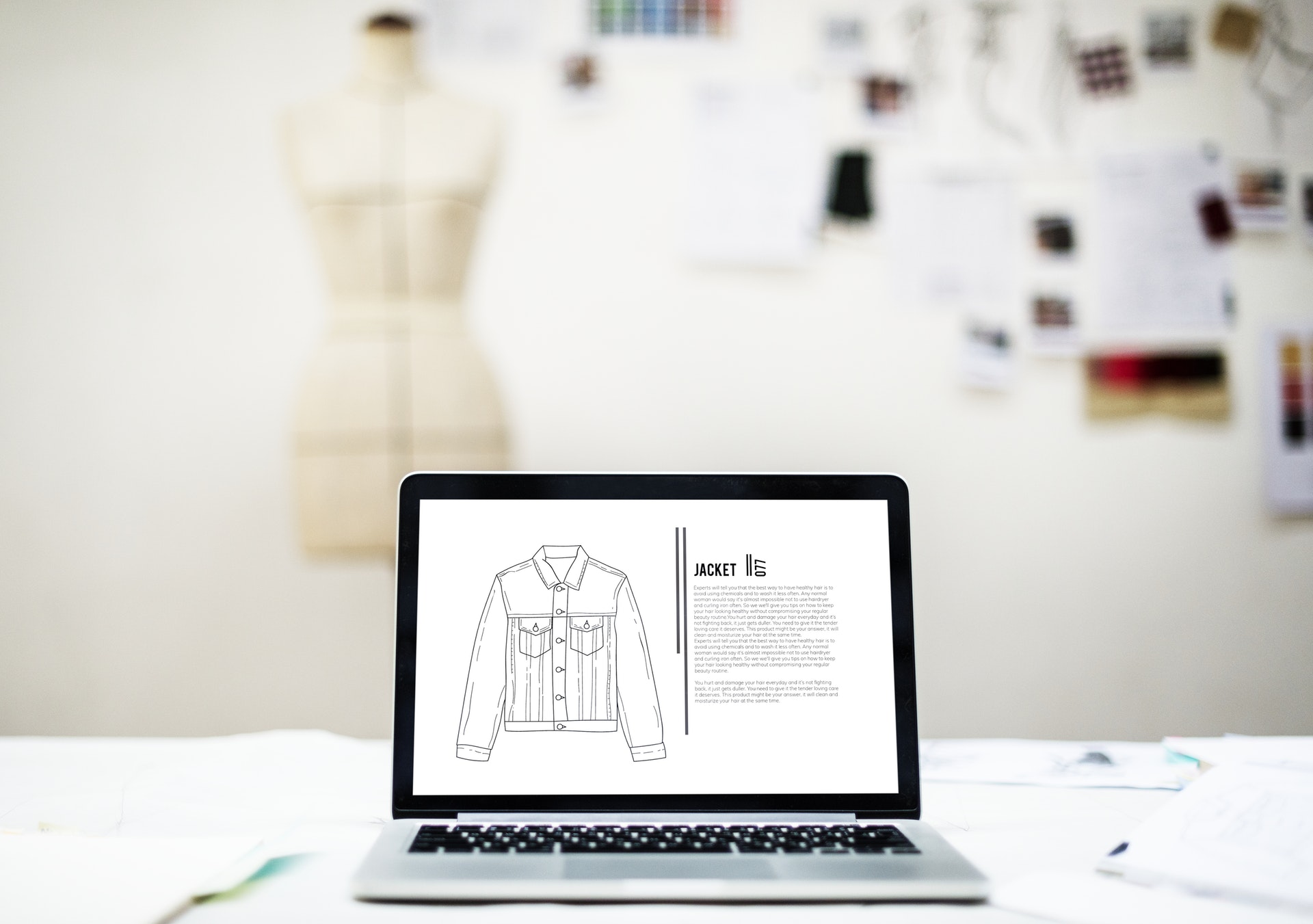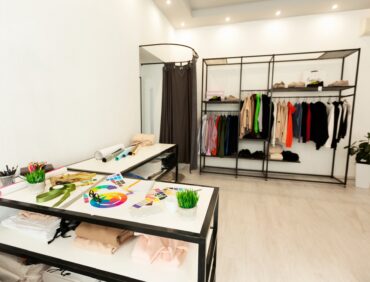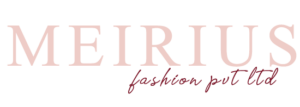Fashion sketching or fashion flats can be defined as a base template one can use to create unique apparel designs. We have industry-standard flat sketches that demonstrate a professional and accurate illustration of garments and important design details like topstitching, hardware, trims, and fabric treatments.
WHAT IS SKETCHING OR DESIGNING?
In the garment manufacturing, the first step is designing the sketch for the dresses that have to be prepared. For this purpose, the designer first draws several rough sketches in the sketchbook. The designer does not go for details at this moment but he rather let his creativity flow on the paper and he draws many sketches. Later these sketches are analyzed by a panel of designers. They finally select a few out of them. These few sketches are rendered in detail separately or in the form of a single collection. The designer also draws working drawings along with the sketch. Working drawings are a flat drawing of the sketch and it help pattern maker in understanding the patterns involved in the construction.
TIPS OR ADVICE ON SKETCHING
Instead of worrying about clean lines, and whatnot — focus on the key details – for apparel, that’s seam lines and stitches. Figure out rib details, etc in a more magnified/detailed sketch later.


- You want to define your figure/silhouette. Figure out how wide apart the shoulders/arms are. Do this quickly. Don’t erase anything. If it messes up this early, just sketch over it.
- Here define the arm opening. Is it a standard set-in sleeve, or is it a raglan? Or is it even something else?
- Define the length of the arms and body here. This is done by some horizontal lines. Easy. Make a signature of yours in sketches stylistically/aesthetically and use it as a template. Outline it with a sharpie and trace this for future sketches that you want to mess around with based on this apparel block.
- Once part 3 is done, here is where you fill in the details. This is where the seam lines and stitches go. Here’s where you add a hood, cuffs/ribs, zippers, buttons, drawcords, etc.. Don’t erase anything here. Go with your gut and sketch it. If you mess up, do step 1 – 3 over – it will get easier/faster. The reason is, you don’t want to get stuck erasing, and dwelling on your seam lines too much. Don’t overthink your concepts. Sketch and keep going. If you mess up, move to an empty space and re-draw. Why? If you erase something you don’t like, that idea is gone forever. What if you come across another project or idea that may actually make sense for that design you erased? Now it’s gone forever. Never erase. They teach you this in Calculus too. Simply exit out lightly with a pencil. It’s nice to see your thoughts/concepts evolve anyway.
- You can do step 4 in a micron pen, and not use a pencil. Preferably do all the sketches with only micron pen and sharpie.
- Finish up the sketches with a standard sharpie outline. This allows you to visually see the silhouette and it frames your sketch up nicely. It also makes the sketch really jump off the paper. You can experiment with different line weights and pens. You may even find that you only outline pronounced parts or drop shadow the garment. Add your own flavor.




